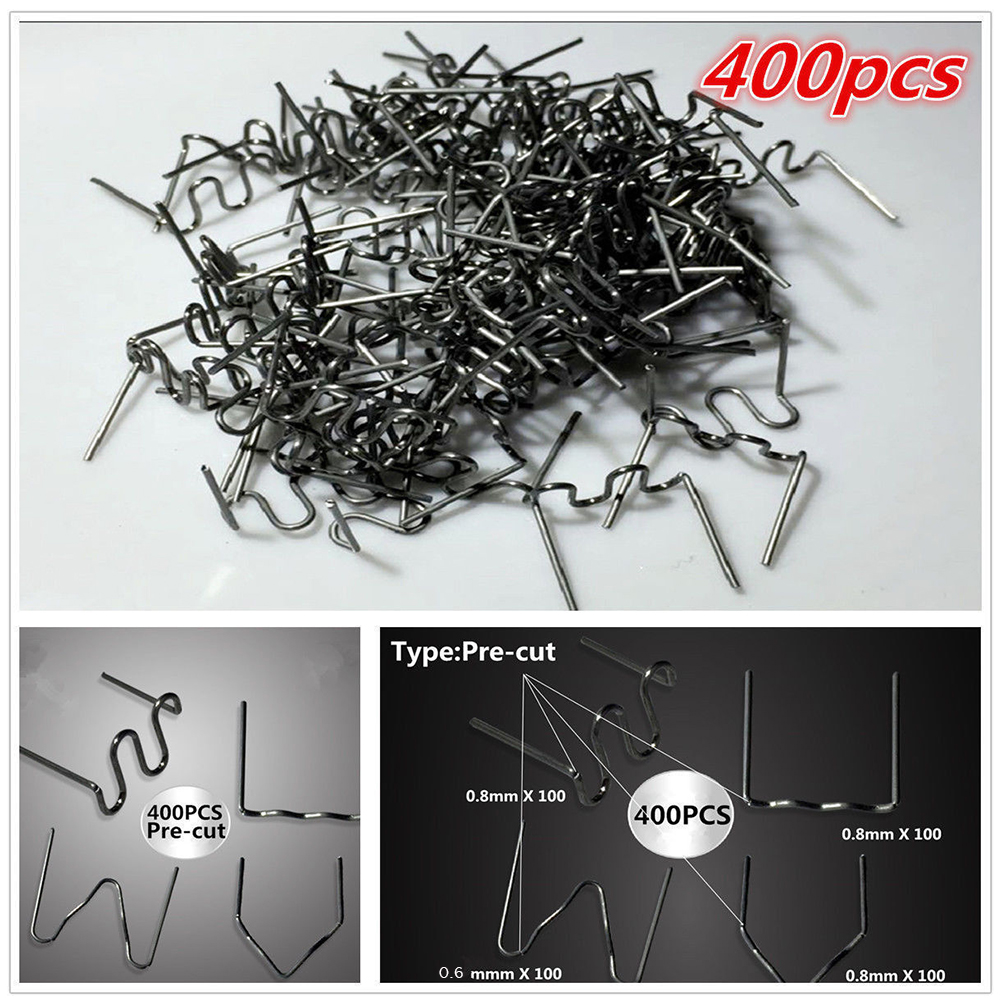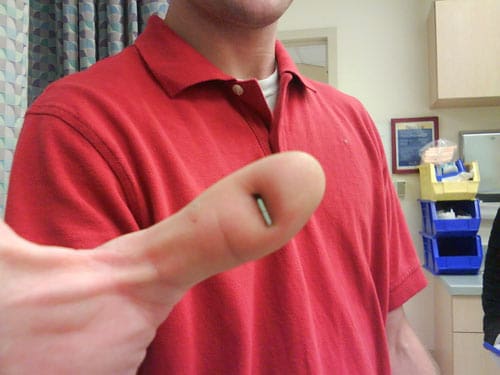

Signs of infection, including fever, chills or red streaks tracking up arm or leg.Redness, warmth, swelling, drainage or excessive bleeding occurs at the wound site.What to Watch With Your WoundĪfter arriving home, contact your doctor if any of the following occurs: If a noticeable scar does result, plastic surgery may be used to decrease the scar’s appearance. A personal history of excessive scar (keloids) formation.The degree of scarring varies and is influenced by: Do not try to remove the closure material yourself, as that could cause infection, scarring or reopening of the wound.Īll lacerations heal with scars.This will damage tissue and slow healing. Also, do not apply hydrogen peroxide or iodine to the wound. After showering or bathing, pat the area dry.If you need to keep the incision area dry when showering, wrap the area with a plastic bag.Ask your doctor about when it is safe to shower, bathe or soak in water, and.Take antibiotics and pain medication as directed.When you return home, ensure a smooth recovery: It has been more than five years since your last tetanus immunization.You have never received a total of at least three vaccination doses (routine childhood immunizations gives a dose at ages 2, 4, 6, and 15-18 months).We may give you a tetanus vaccination if: Wounds can put at risk of a tetanus infection, a bacterial infection from dirt, dust, saliva or feces. If you have a laceration repair, your doctor will review a list of possible complications, which may include: In some cases, you will not need anesthesia. General anesthesia may be needed for severe lacerations.This will numb the area around the wound. Local anesthesia is used for minor lacerations.This depends on the type of laceration, for example: Discuss your pain tolerance and options for closing the laceration.Ask about your medical history, allergies and how the wound occurred.Once you are at the hospital, the doctor will likely do the following: Rubber bands will be cut from hair in 7-10 days.We then rubber band or glue the hair with Dermabond to keep the wound closed while it heals. Sometimes, we can gather hair to pull a wound on the scalp shut. Staples will be removed after 5-10 days.We will then wash the staples with saline, pat them dry, apply antibiotic, a clear acrylic dressing called Tegaderm, gauze and tape.

CUT FINGERS WITH STAPLES SKIN
We clean your skin with iodine, close and align the wound, then staple the wound shut. Staples work best for the scalp, neck, arms, legs, torso and buttocks.

If your wound bleeds through the gauze or cloth, do not remove it. Use gauze, a clean cloth, plastic bags, or, as a last resort, a clean hand. To treat the laceration before you see the doctor:


 0 kommentar(er)
0 kommentar(er)
